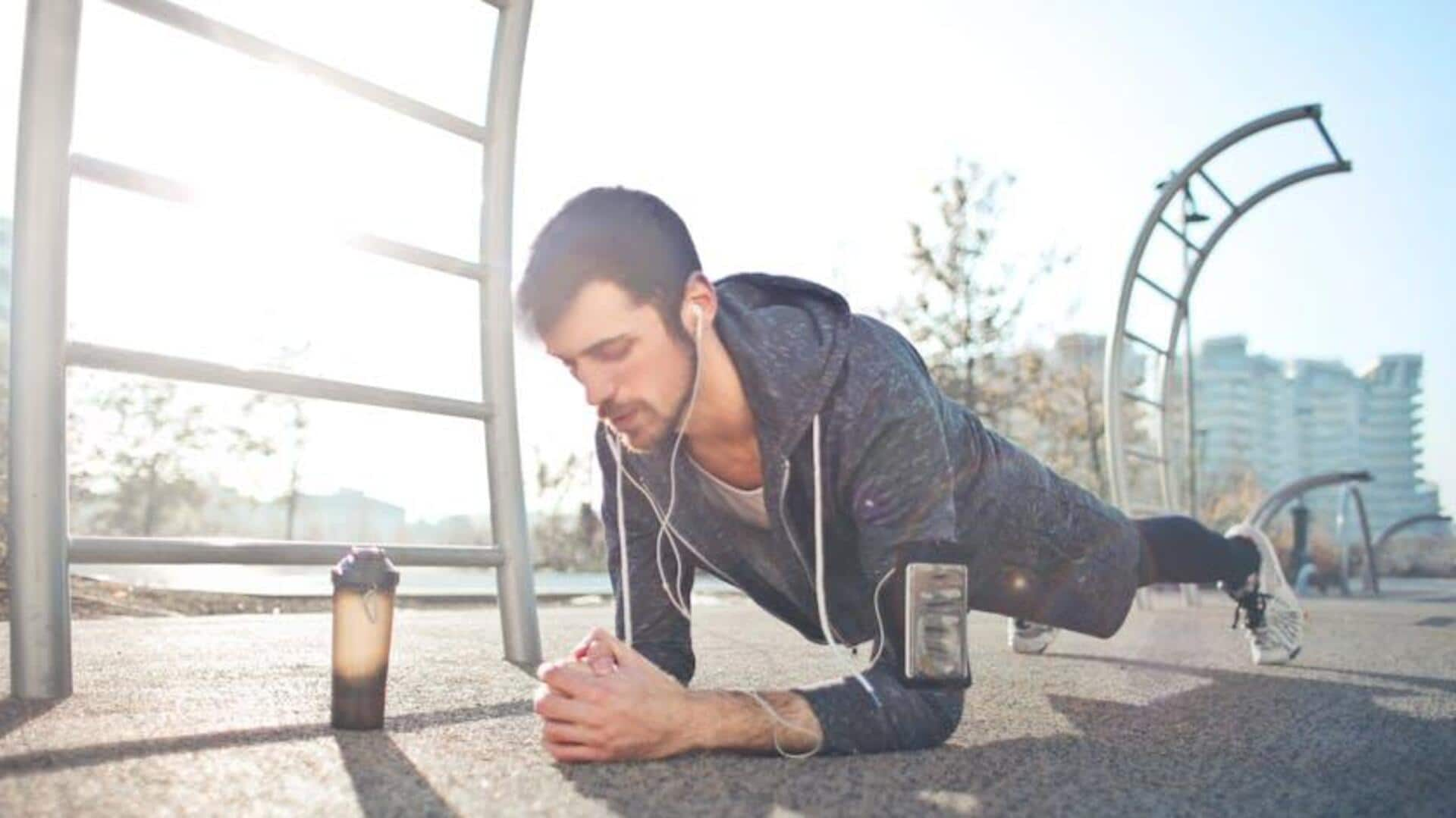
5 beginner-friendly core exercises
What's the story
Building core rotational strength is key to being fit and stable. It improves your balance, boosts your athletic performance, and reduces the chances of injuries. For starters, simple exercises can be a great way to get that strength without taxing the body too much. Here are five beginner-friendly exercises that enhance core rotational strength and lay the groundwork for advanced workouts down the line.
Tip 1
Russian twists
Russian twists are a great exercise to start with for building core rotational strength. Sit on the floor with your knees bent and feet flat. Lean back slightly while keeping your back straight. Hold your hands together in front of you, and twist your torso to one side, then the other, engaging your core throughout the movement. This exercise targets the obliques and helps improve rotational power.
Tip 2
Standing wood chop
The standing wood chop is another killer exercise for beginners focusing on core rotation. Stand with feet shoulder-width apart, holding a lightweight or medicine ball with both hands above one shoulder. In a controlled motion, bring it diagonally across your body towards the opposite knee while twisting your torso. Return to start position and repeat on both sides to engage different muscle groups.
Tip 3
Seated medicine ball toss
This exercise requires you to sit on a bench or chair and hold a medicine ball at chest level. With your feet firmly planted on the ground, rotate from side to side as you toss the ball gently against a wall or partner (if available). The seated medicine ball toss improves coordination between upper body movements and core stability by engaging multiple muscles at once.
Tip 4
Plank rotations
Plank rotations are amazing to strengthen not just your rotational muscles but your entire core stability muscles such as abdominals and lower back muscles too! Start in a plank position (forearms down), then rotate onto one forearm lifting the opposite arm towards the ceiling before returning back into the original plank stance; alternate sides continuously ensuring proper form is maintained throughout each repetition